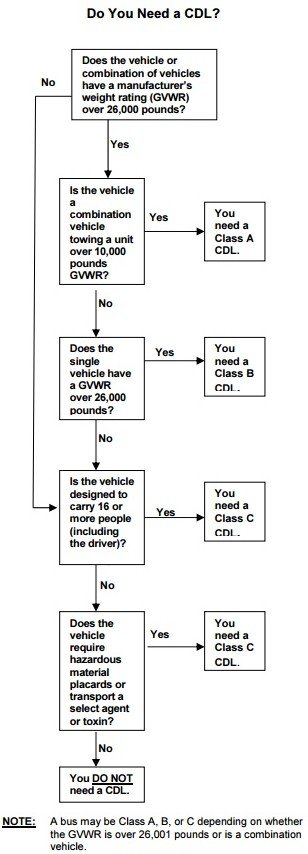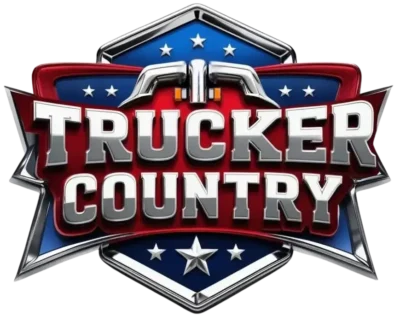Interested in getting a CDL but you need a guide? Whether you don’t even know what a CDL is or you’re familiar with trucking and just need a little help getting started, you’re in the right place! Or maybe you’re ready for more specifics? Learn how to get a CDL and get the federal CDL requirements (including in your state).
Trucking gives you a chance to make great money within your first year of driving! That’s IF you get the right information, guidance, and training. And if you wanna be a trucker, you gotta have a CDL. Plain and simple. The good news is, it’s not too hard provided you take the right steps.
What is a CDL?
A CDL is short for “Commercial Driver’s License”. A CDL has been a requirement for drivers to drive a CMV (commercial motor vehicle) since 4/1/92.
Commercial Motor Vehicle Safety Act of 1986 was enacted to improve safety on U.S. highways and roads. Simply, it was created to ensure that drivers of Commercial Motor Vehicles (CMVs) were qualified to do so. The federal government establishes the CDL requirements that the states must abide by when they issue the CDLs.
What type of CMV a driver can operate is explained by the following CDL classes.
Different Types of CDLs
To drive a vehicle from any one of the following vehicle classes, a driver must have a CDL if operated in interstate, intrastate, or foreign commerce.

However, if a driver passes a skills test in a vehicle not consistent with the following vehicles, that driver must have a restriction placed on their CDL. For more information on these restrictions, go to the source at the FMCSA
Class A: Combination Vehicle
Any combination of vehicles having a Gross Combination Weight Rating (GCWR) of 26,001 pounds or more (11,794 kilograms or more) whichever is greater, including a towed unit(s) with a gross vehicle weight rating (GVWR) or gross vehicle weight of more than 10,000 pounds (4,536 kilograms) whichever is greater.
Class B: Heavy Straight Vehicle
Any single vehicle which has a GVWR of 26,001 pounds or more (11,794 or more kilograms), or any such vehicle towing a vehicle with a GVWR that does not exceed 10,000 pounds (4,536 kilograms).
Class C: Small Vehicle
Any single vehicle, or combination of vehicles, that does not meet the definition of Class A or Class B, but is either designed to transport 16 or more passengers, including the driver, or is used in the transportation of materials found to be hazardous for the purposes of the Hazardous Materials Transportation Act and which requires the motor vehicle to be placarded under the Hazardous Materials Regulations.
Next: What You Need to Know About CDL Endorsements
Endorsement means authorization to an individual’s CDL required to permit the individual to operate certain types of CMVs. Drivers who operate or expect to operate the type of motor vehicle described in the endorsement shall take and pass specialized tests. Get a helpful rundown of CDL Endorsements in this next section.
